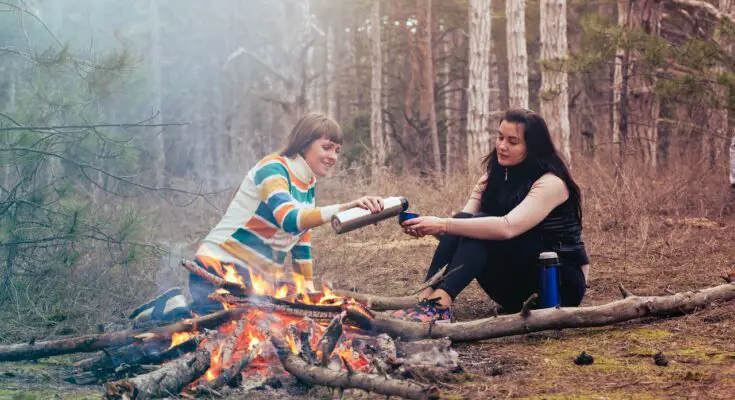Imagine being out in the woods, surrounded by the majesty of nature, and spending a peaceful camping vacation with your loved ones. Lifelong memories are made by the roaring bonfire, the starry night, and the serenity of nature. But despite the excitement, it’s important to remember that unforeseen circumstances might occur and that being ready is the secret to a safe and pleasurable camping trip. This article will go through everything you need to put in your emergency kit.
The Importance of an Emergency Kit
Prioritizing safety and being ready for unforeseen circumstances is essential while going on a camping vacation. To manage crises and secure the safety of your fellow campers, a camping survival kit is a crucial part of your camping equipment. A stocked emergency pack may help you manage difficult circumstances and keep your mind at ease throughout your camping trip, whether with minor injuries or bad weather.
First Aid Supplies
Your emergency kit’s first aid materials are essential for treating minor wounds and giving prompt medical assistance when required. Include supplies like tweezers, scissors, sticky bandages, gauze pads, adhesive tape, disinfectant wipes, and disposable gloves. Additionally, bring over-the-counter drugs for common conditions, including allergies, stomachaches, and pain treatment. If you or your camping friends require any prescription prescriptions, remember to pack them. Check the end dates of your prescriptions frequently and replace them as necessary. To prepare for emergencies, consider completing a basic first aid course or brushing up on your understanding of first aid techniques.
Fire Starter
Having the capacity to ignite a fire is essential in any emergency circumstance that occurs outside. Put dependable fire-starting supplies in your emergency bag, such as fire starter rods, butane lighters, and waterproof matches. These items will be useful for cooking, staying warm, and calling for assistance if necessary. To protect them against moisture, be sure to pack them up in a waterproof container. To guarantee a ready ignition source, you should also consider packing an inconspicuous supply of kindling or fire-starting materials, such as cotton balls soaked in petroleum jelly.
Whistle
A whistle is a straightforward yet powerful weapon for getting people’s attention in an emergency. It is a worldwide distress signal and is audible across great distances. Include a sturdy, portable whistle in the emergency pack, especially one with a compass and thermometer already built in. This gives you a navigational aid in addition to a signaling device. Teach your other campers how to properly use a whistle to indicate distress, such as by blowing it three times quickly.
Multi-Tool
Any emergency pack must have a multi-tool with a variety of uses. This multi-tool gadget packs several necessary instruments into a small size. A multi-tool with functions like pliers, a knife, a pair of scissors, screwdrivers, a saw, and a can opener is what you should seek out. It will be useful for various jobs, from fixing machinery to opening food cans. Choose a multi-tool that can handle challenging outdoor circumstances and is of good quality and durability. Before your camping trip, acquaint yourself with the multi-tool features and how they work to ensure you can use them successfully.
Light and Navigational Equipment
Having sufficient illumination and navigational equipment in your emergency pack might come in handy when unforeseen events develop while you’re camping. Bring a dependable LED flashlight or headlamp along with additional batteries so you can see in the dark. Consider including glow sticks or chemical light sticks as a supplemental lighting source. You may identify your location or illuminate your tent with these portable, long-lasting light sources. Include a compass and a map with the region’s topography to navigate if you need help or clarification. You can use these tools to locate your way back to your campground or to call for assistance if necessary.
Conclusion
You would hope you never need your emergency kit when camping; it’s always best to be safe than sorry. You’ll be well-equipped to manage unanticipated circumstances and guarantee the health and security of yourself and your outdoor companions by including these necessary things in your emergency kit. Before each camp trip, remember to routinely inspect and replace your emergency kit to ensure everything is in working order and up to date. When you have a well-stocked emergency kit, you can enjoy camping with assurance, knowing you’ll be ready for any problems.



